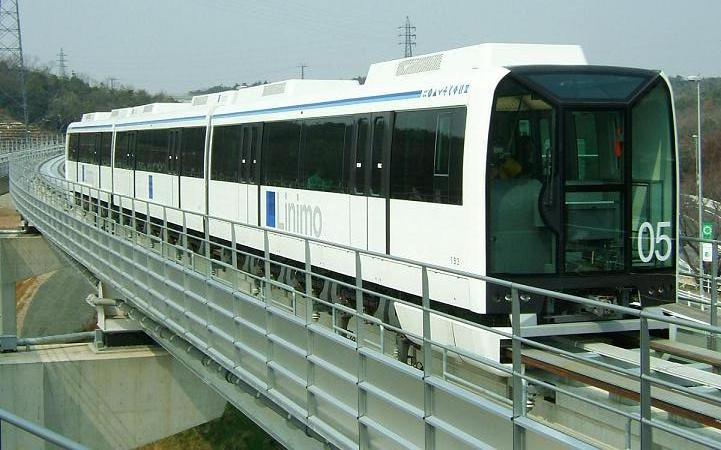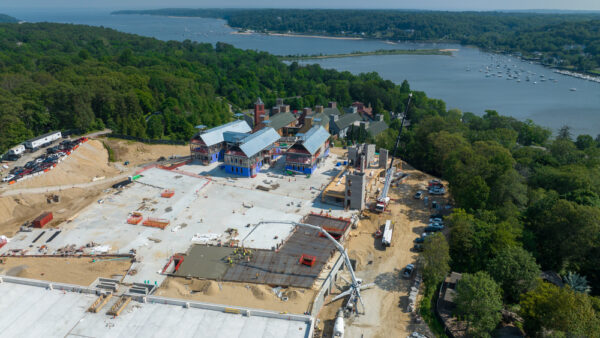
The Chinese government says it has completed an 800m-long rail track to test “permanent magnetic levitation” (PML) technology.
The “Rainbow” line was built in Xingguo county, Jiangxi province to test a low-cost, low-speed version of maglev transportation for use in tourist destinations, airports, small towns and central business districts.
In contrast to conventional maglev track, which requires electromagnets, PML lines rely on alloys of rare earth metals, typically neodymium or samarium. These produce magnetic fields greater than 1.2 teslas, compared with 0.5-1 tesla from a conventional iron or ceramic magnet.
This is thought to be sufficient to propel two-carriage trains with a capacity of 88 passengers at speeds of up to 80km/h.
The trial line was developed by a team made up of Jiangxi University, China Railway Liuyuan Group (CRL Group), China Railway High-Tech Industry and the China National Rare Earth Functional Material Innovation Centre.
The system uses China’s BeiDou Navigation Satellite System, 5G and intelligent sensing technologies.
Chen Guodong, the general manager of CRL Group, said in a press statement that Rainbow would be “a cost-effective rail transit mode, which has broad application scenarios”.
Further reading:






